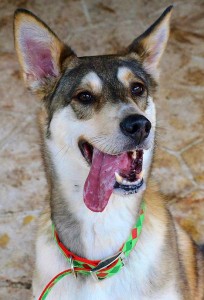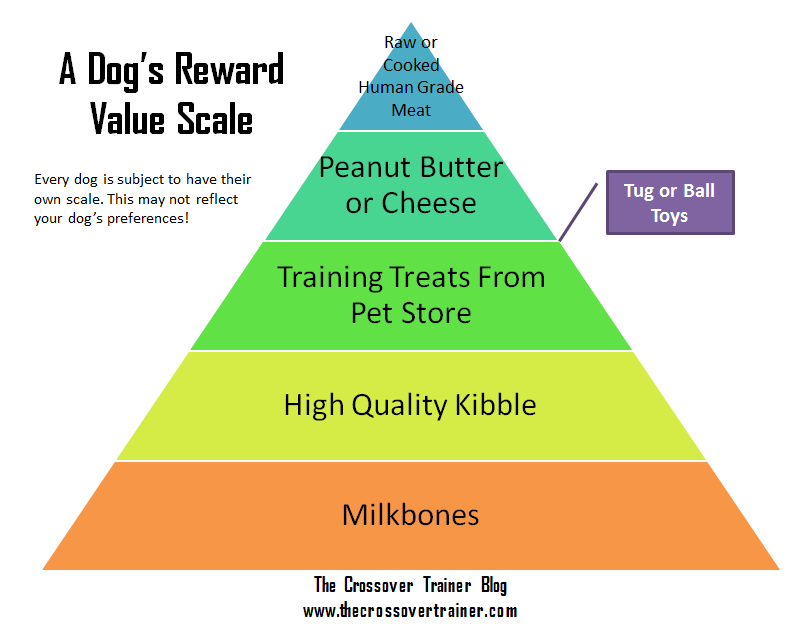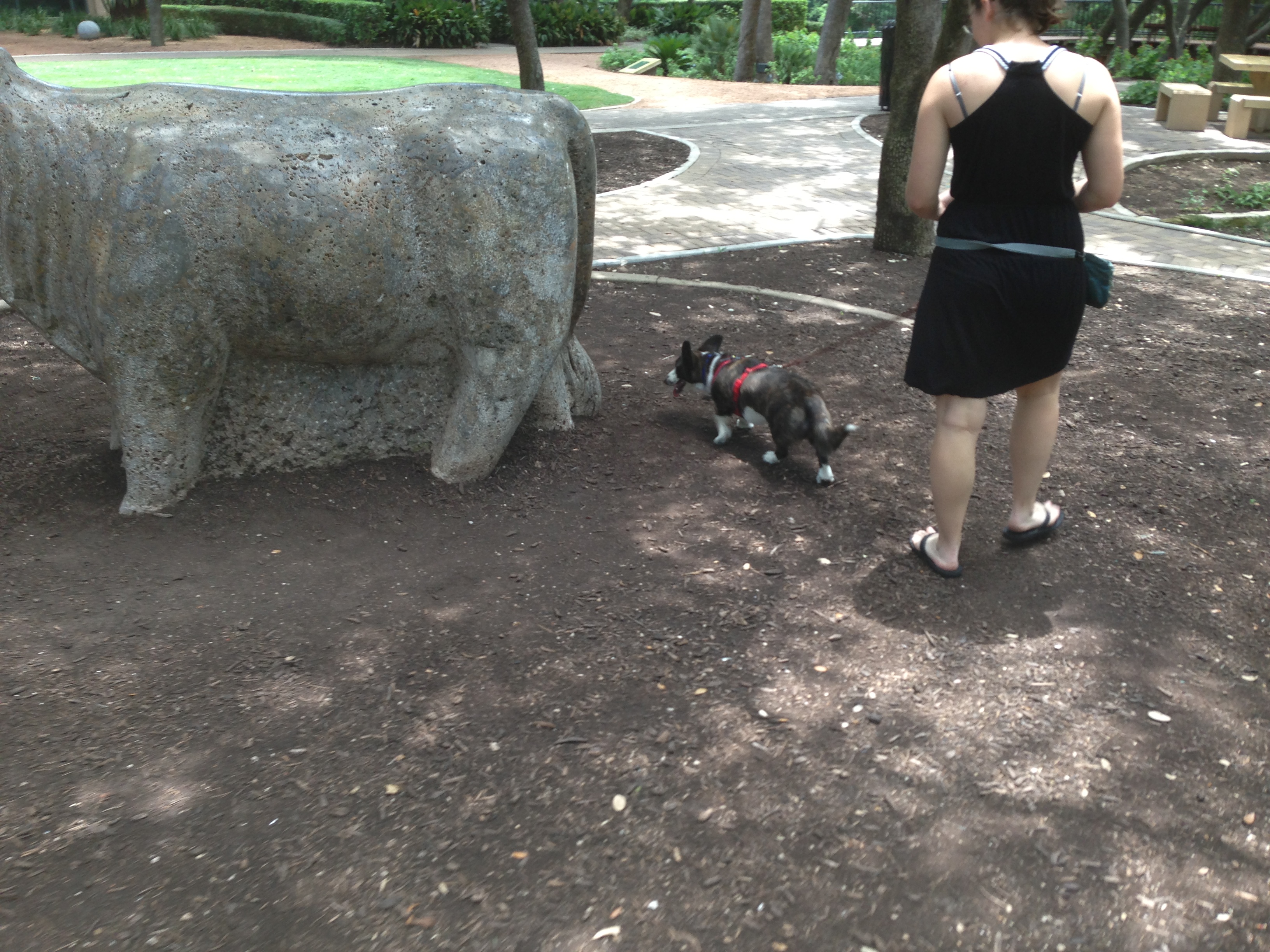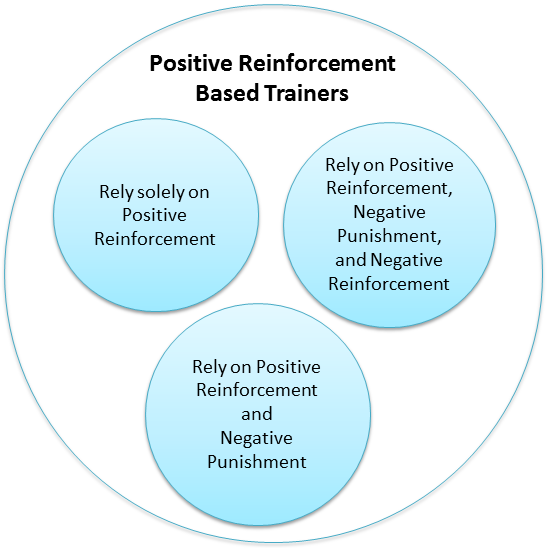 I have this survey I give my email subscribers to find out more about what they are working on with their dogs and how I can help them. If you haven’t taken it yet, go here to give me your feedback!
I have this survey I give my email subscribers to find out more about what they are working on with their dogs and how I can help them. If you haven’t taken it yet, go here to give me your feedback!
Here’s the latest question from a subscriber: “How you have used the principles and processes that form the foundation of clicker training, especially when your original approach using C/T doesn’t work.”
This is an awesome question that I’m going to take a few minutes to answer thoroughly. Clicker training seems simple, but I’ve learned that it can be a little more complicated than it seems – after all, animals are NOT robots….
Clicker Training Principles and Processes
Clicker training has gone mainstream. Many trainers use clicker training, but the original process can be altered as each person puts their own spin on it. Unfortunately, this leads to people who think they’re clicker training, but really are doing an entirely different process. This isn’t good or bad, it’s just different and should not be called clicker training. Real clicker training is:
- A distinct “click” sound that is always followed by a reward (food, play, praise, freedom, control).
- The animal decides if the reward is actually worth their efforts. If the reward isn’t worth the work, then the trainer must choose a better or different reward. Think of the reward being a paycheck for a good days work – the amount of money earned (quality of the reward) should be worth the amount of work one puts in.
- If the animal repeats behaviors to receive the reward, you are reinforcing behavior and the animal is learning how to “operate” the clicker. (Animal does the behavior, the click goes off, then the animal receives his reward.) Simply put, the animal learns how to manipulate their behavior in order to operate the clicker and receive the reward their working for.
This simple outline seems easy, but each animal is an individual which can make it challenging to implement correctly every time. Each animal has different motivators and preferences, and that can change based on their mood, location, or other environmental factors. They can have different comfort levels with their environment. They have different learning styles. They have different concentration lengths. One is not better than the other, they are simply different. A skilled trainer will understand how to adapt to the animal to enhance their learning ability. Patience and listening/observation skills are a must – just like any great teacher.
The ability to be flexible in your teaching style is so important. Many variables play a part in learning and you must be aware of all of them and adapt to them. Safety is the animals most important need that should be met before they can learn. Is the animal scared of a certain object in the learning environment? Are they nervous about another animal in the area? If they are worried about their safety, they won’t be focusing on the task at hand and might refuse even their favorite rewards. Making sure they are comfortable in the location you’ll be teaching them should always be step #1. Spend some time letting them explore the setting and let them calm down. If you’re the new object in their environment, let them check you out and accept you into their home.
I must caution that a dog’s desire for treats can lead them into over-threshold situations – meaning they get closer to you or a scary object more quickly than they would without food. This isn’t a sign that they like you and want to be friends. They are simply seeking out the food. For this reason, I would not start out a training session by giving the dog some food. Let them get situated first then begin training.
The next step is to determine – what motivates them?



